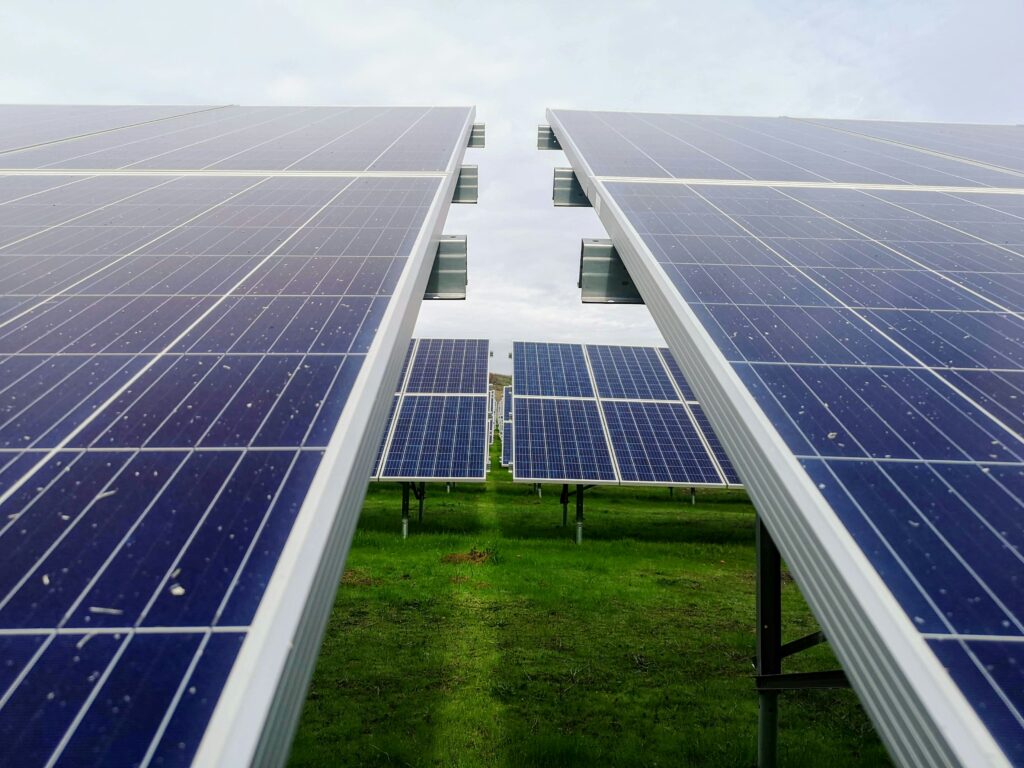
18.02.2025
Operation and Maintenance (O&M) Contracts in Renewable Energy
In the world of renewable energy, effective management of facilities is crucial to ensure both proper operation and long-term profitability. Operation and Maintenance (O&M) contracts play an essential role in this process. These agreements are fundamental to ensuring the operational continuity of renewable energy plants while optimizing costs and maximizing energy production.
 Por
Calleja del Moral, Elisa
Por
Calleja del Moral, Elisa The renewable energy market has seen remarkable growth in recent years, leading to an increase in the need for specific agreements to regulate both the daily operation of facilities and their maintenance. The O&M contracts are the cornerstone in this regard, as they ensure that the plants operate efficiently and in line with the expectations of investors and other stakeholders in the energy sector.
What are O&M contracts?
An O&M contract is an agreement between the parties involved in the construction and operation of a renewable energy plant (such as a solar or wind power plant) to regulate the operation and maintenance activities. These contracts can vary in type depending on the level of responsibility assumed by the contracting company, but in general, the objective is to ensure the proper functioning of the plant throughout its useful life.
The O&M contract not only covers the technical aspects of operation but also matters related to equipment supervision, fault repair, resource management, continuous improvement of energy efficiency, and occasionally, the planning of equipment and component renewal. In its simplest form, these contracts ensure that renewable facilities continue producing energy efficiently and continuously.
Types of O&M Contracts
O&M contracts can be primarily classified into two categories: operation contracts and maintenance contracts.
The operation contract is characterized by the presence of an operator who is responsible for managing energy production, making necessary adjustments to the plant to optimize performance, and monitoring its operation in real time. The operating company must meet certain production levels previously agreed upon in the contract, ensuring the plant’s performance.
On the other hand, in the maintenance contract, the contracted company is responsible for preventive and corrective maintenance of the plant’s equipment and systems. Preventive maintenance aims to avoid unexpected failures and ensure that all equipment is in good condition, while corrective maintenance addresses breakdowns or issues. This type of contract includes periodic inspections, replacement of defective components, and troubleshooting.
There are also hybrid contracts that combine elements of both types. In these agreements, the operating company is also responsible for maintaining the plant, giving the contractor greater responsibility for the integrity and operation of the installation.

Si te ha interesado este artículo no dudes en leer:
Frequently Asked Questions about the Energy Efficiency Directive
Why are O&M contracts important in the renewable energy sector?
O&M contracts are crucial for ensuring the long-term profitability and efficiency of renewable facilities. There are several reasons why these contracts are particularly significant in the sector.
These contracts ensure the availability and reliability of the plant; this means they enable efficient management of the plant, resulting in greater energy availability. A renewable plant that is not well maintained may experience downtime, which affects both energy production and the revenue generated from the sale of energy.
Furthermore, they facilitate compliance with regulatory requirements. Renewable energy plants are subject to specific regulations that require certain performance and efficiency standards. O&M contracts help ensure compliance with these requirements, avoiding penalties and guaranteeing ongoing regulatory compliance.
O&M contracts also optimize costs. Through preventive maintenance and constant monitoring, O&M contracts allow issues to be anticipated before they develop into major breakdowns, significantly reducing operational costs. Additionally, effective plant management ensures that energy production is maximized, thus improving project profitability.
Finally, a well-structured O&M contract fosters continuous improvement at the plant. The companies responsible for operating and maintaining the facility are motivated to find innovative solutions that increase energy efficiency, reduce operating costs, and extend the lifespan of equipment.
Key Aspects to Consider in an O&M Contract
Below are some of the most important aspects to consider when drafting such agreements:
- Duration and scope of the contract: The duration of the O&M contract depends on the plant’s lifespan and prior agreements between the parties. It is common for contracts to be signed for long periods, ranging from 5 to 20 years. The scope of responsibilities should also be clearly defined, specifying the tasks each party will perform and their responsibilities in maintaining the plant.
- Payment conditions: The financial terms of the contract must be clearly established. This includes the cost of operation and maintenance services, the payment system (e.g., fixed or variable), and any bonuses or penalties related to the plant’s performance.
- Performance guarantees: It is essential that the contract includes clauses that guarantee a minimum performance level for the plant. These clauses define the availability and energy production levels that the operating company must meet. Failure to meet these standards could result in penalties or modifications to the contract terms.
- Preventive and corrective maintenance: The contract must detail the preventive maintenance activities to be carried out, as well as the conditions under which corrective repairs will take place in the event of failures. It should also define the response times for emergencies and expectations for resolving issues promptly.
- Monitoring and reporting: A crucial aspect of O&M contracts is the need for continuous monitoring of the plant. This involves implementing monitoring systems that detect any anomalies in energy production and facilitate decision-making. Furthermore, a system for periodic reporting should be established so all parties involved are kept informed about the plant’s status.
- Equipment renewal and spare parts: Over the plant’s lifespan, equipment or component replacements will likely be necessary. The O&M contract should address the management of these replacements, specifying the conditions under which they will take place and how spare parts will be handled.
- Confidentiality: Since renewable plants often employ advanced technology, it is important that the contract includes confidentiality clauses to protect sensitive technical and operational information.
O&M contracts are essential for ensuring the success of renewable energy facilities as they optimize energy production and minimize operational risks and costs. These agreements are critical to ensuring the proper functioning of plants throughout their useful life and maximizing project profitability. When drafting an O&M contract, it is crucial to consider all relevant legal and technical aspects, ensuring that the responsibilities and rights of the parties are clearly defined. This way, the project will be developed efficiently and sustainably, benefiting both plant operators and investors, as well as the energy sector as a whole.
If you liked this article, you may also find it interesting to read the following one:
M&A in the energy sector: opportunities and challenges facing the energy transition.
Contacto No te quedes con la duda, contacta con nosotros. Estaremos encantados de atenderte y ofrecerte soluciones.








